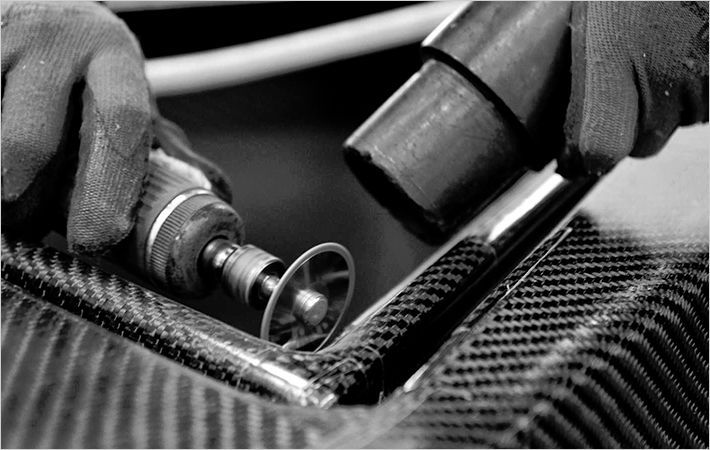When Gosnell Council in Western Australia commissioned a new pedestrian bridge to span the Canning River, the solution was a lightweight composite structure engineered by the DIAB company Composites Consulting Group (CCG).
When Gosnell Council in Western Australia commissioned a new pedestrian bridge to span the Canning River, the solution was a lightweight composite #
Located in the Centennial Pioneer Park, an idyllic nature reserve, the bridge is used by hundreds of pedestrians and cyclists daily as a link between residential areas and Albany Highway.
When Gosnell Council in Western Australia commissioned a new pedestrian bridge to span the Canning River, the solution was a lightweight composite #
The Centennial Pioneer Park in Gosnells, a suburb of Perth in Western Australia, is a well-equipped and well-hidden family treasure used by many for recreation. When the substructure of an old park bridge linking residential areas and Albany Highway started to erode, Gosnell Council decided to replace it with a wider and lighter bridge specially designed for the fragile environment.
When Gosnell Council in Western Australia commissioned a new pedestrian bridge to span the Canning River, the solution was a lightweight composite #
Bridge construction engineered by CCG
The new 21-meter span bridge was architecturally designed by Capital House Australasia, who also engineered the site works and managed the entire project. Swarbrick and Swarbrick Yachts, who were chosen as the builder, contracted Composites Consulting Group (CCG), an independent DIAB Group company, to engineer its construction. Engineers from the CCG office in Sydney worked side-by-side with Swarbrick employees to create a lightweight yet strong composite structure in Swarbrick’s Freemantle based shop. All engineering was performed under the relevant Australian codes and standards as well as the Eurocomp Design Code.
When Gosnell Council in Western Australia commissioned a new pedestrian bridge to span the Canning River, the solution was a lightweight composite #
Ultra-strong and durable composite structure
The structure itself is a hollow, U-shaped box made up e-glass skins over structural cores infused with fire retardant vinyl ester resin. Carbon capping tapes running the length of the bridge add the strength and stiffness required of the long bridge span. Along with the usual load cases for bridges, which include pedestrian walking and balustrade loads, the Gosnells pedestrian bridge is also engineered to resist various flooding related load cases – an essential design consideration in a region where this is a common occurrence.
When Gosnell Council in Western Australia commissioned a new pedestrian bridge to span the Canning River, the solution was a lightweight composite #
One-piece design for easy installation
The lightweight structure of the new bridge made it easily transported and installed. It was delivered to the site and craned into position in one piece. With only four bolts to fasten it to the foundations, the installation time for the bridge was a matter of hours. This minimized the cost of the installation and site works, which required only small amounts of earthwork and concrete foundations on each bank of the river. The bridge’s pier-free span also ensured that there is no impact on natural river flows and the riverbed.
When Gosnell Council in Western Australia commissioned a new pedestrian bridge to span the Canning River, the solution was a lightweight composite #
The construction of the new bridge forms part of the city’s ongoing revitalisation and improvements to the Centennial Pioneer Park landscape and infrastructure. Together with an improved concrete footpath network and lighting, the bridge will further encourage public access to the reserve and provide a safer river crossing.
When Gosnell Council in Western Australia commissioned a new pedestrian bridge to span the Canning River, the solution was a lightweight composite #
DIAB

